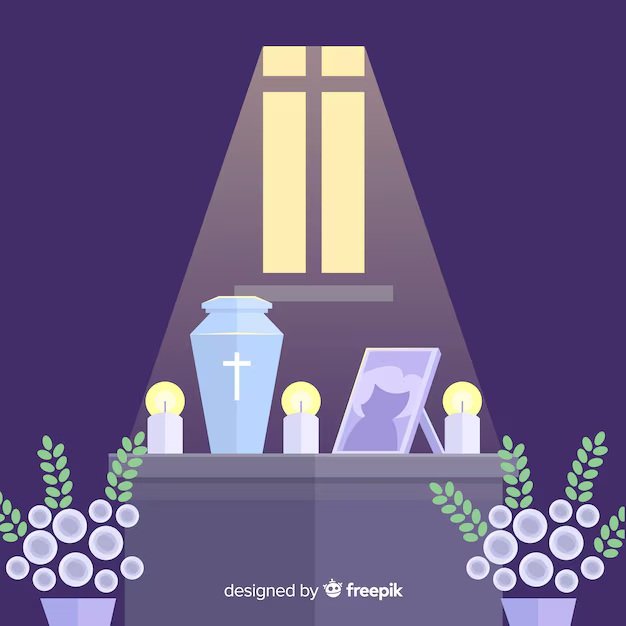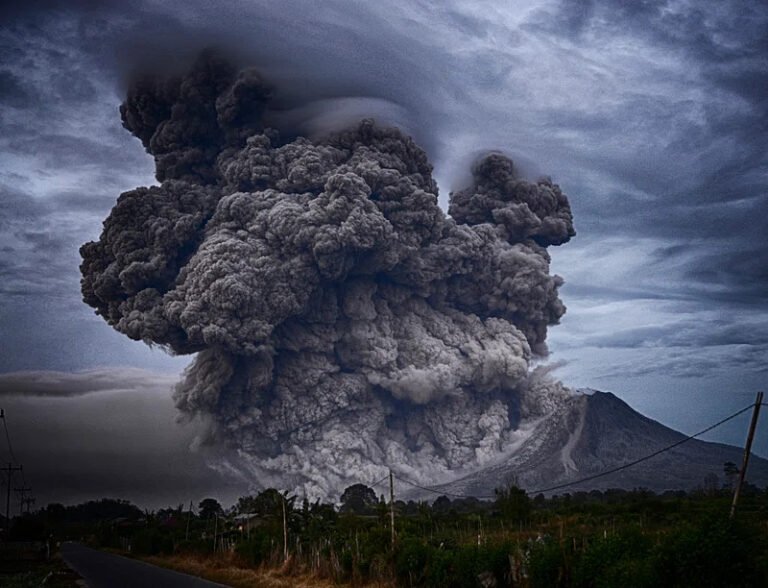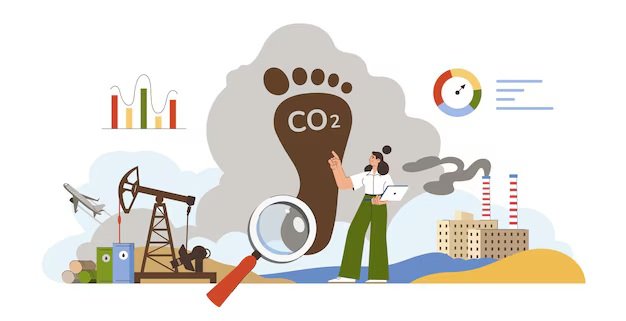Burial Vs. Cremation: Which Is More Eco-Friendly?
Death is a practical, emotional — and increasingly environmental — choice. For decades, people accepted burial or cremation as the two default ways to care for a body after death. Today, though, families, funeral directors and environmental scientists are asking a sharper question: which option is kinder to the planet? The short answer is: it depends. Different practices, materials and local rules change the climate and pollution impacts a lot. Below, I explain the numbers, show real examples and expert views, and finish with clear, practical steps you can use when planning or advising someone about an eco-friendly farewell.
According to the National Funeral Directors Association, the U.S. cremation rate has been steadily rising in recent years — a sign that people are making different choices about disposal and memory.

What the Numbers Say
Numbers for carbon, toxins and land use are not the same thing, and they often move in different directions. A cremation sends heat, combustion gases and tiny particles into the air. Estimates commonly used in journalistic and academic sources put a single cremation in the range of roughly 200–300 kilograms of CO₂ equivalent, with many widely quoted figures near 243 kg (about 534–600 pounds). That number covers the fuel burned to reach high temperatures and the carbon released when the body and coffin burn; actual emissions vary by furnace efficiency, fuel type and whether the coffin was hardwood or metal. According to National Geographic, for example, one commonly cited estimate for a modern cremation is about 534.6 pounds of CO₂.
Burials may look simple on the surface — a body goes into the ground — but they carry long-lasting impacts. Traditional burials often involve embalming fluids, a manufactured casket (sometimes made from metals or exotic hardwoods), and, in many places, a concrete vault to prevent ground settling. Producing concrete and metal, as well as transporting and lowering heavy caskets, requires energy and generates CO₂. In addition, lawn maintenance across cemetery acres consumes fuel and chemicals for decades.
A 2024 review by the Green Burial Council notes that traditional burial materials and maintenance can produce a wide range of emissions. Some estimates put the carbon footprint of a concrete vault at roughly 250 pounds (≈113 kg) of carbon for the vault alone, while other calculations that include long-term maintenance push the total footprint higher. The review also highlights that traditional burial practices in the United States consume vast resources each year — millions of gallons of embalming fluid, millions of board feet of hardwood, and thousands of tons of metal and concrete.
Those two short descriptions miss two important realities: first, low-carbon alternatives reduce either the emissions or the materials footprint by a lot; and second, some new methods actually produce a climate benefit. Green or “natural” burials avoid embalming, liners and non-biodegradable caskets; they often replace manicured lawns with native meadow and sequester carbon in the soil rather than emitting it. The Green Burial Council also estimates that a natural burial can sequester roughly 25 pounds of carbon over a 50-year plot lifecycle — a net climate benefit compared with vault burial assumptions.
The third wave of options — human composting (natural organic reduction), alkaline hydrolysis (often called “aquamation” or “resomation”), and emerging technologies such as cryomation — further changes the calculation. Recompose, the Washington State company that pioneered human composting in the United States, along with academic partners, estimates that the process uses far less energy than flame cremation and can yield a net carbon savings of about a metric ton per body compared with some conventional pathways. A 2022 energy analysis published in Energies also found that cryomation and alkaline hydrolysis are more energy efficient and lower-emission than standard cremation in many cases. In short, greener choices are not just marginal gains — some are significantly lower in CO₂ emissions or even produce useful soil.
What Families Want and What Experts Advise
Numbers are necessary, but people make choices through values, grief, budgets and local availability. Real family stories help show how those forces work in practice.
Madeleine Sutcliffe, an 80-year-old in the U.K., told a reporter she liked the idea of being turned into a reef; her son said the reef option would let him dive to where her remains rest. That family chose an environmental memorial because it matched personal meaning and memory — not just emissions math. The Guardian reported that interest in “green” funeral options has moved into the mainstream, and that more councils and funeral providers now offer natural or woodland burial grounds. “I want to become a pearl when I die — or a reef,” Madeleine told the reporter.
On the expert side, Katrina Spade — founder of Recompose and a designer who helped develop human composting — frames the choice as a values-driven technical solution. “Our bodies contain nutrients when we die, so why not return those nutrients to the earth?” she told UMass researchers while describing how the Recompose process was built from soil science and composting practice. Recompose and allied researchers have argued that the soil returned to the landscape is a positive, measurable environmental outcome, and that the process avoids the fossil-fuel combustion of cremation and the material waste of some burials.
Industry experts warn against simplistic conclusions, though. The Green Burial Council and other organisations stress that green claims are easy to misstate: biodegradable coffins shipped long distances or “eco” labels without verification can erase much of the environmental gain. Darren Crouch, a longtime green-burial advocate and GBC leader, has said that the Council’s role is to certify providers, educate consumers and guard against greenwashing as the movement grows. Real sustainability depends on local practice, certification and honest life-cycle accounting.
Beyond carbon, there are pollution and health considerations. A 2024 scientific study of cemetery soils in Middle Tennessee evaluated the potential for embalming chemicals and metals to leach into groundwater. The researchers found low detections in most samples but urged more research, noting that embalming chemicals, historical practices and certain coffin materials can create local hazards, and that occupational exposure (for embalmers and grave-site workers) remains a concern. The same study recommends regional, long-term monitoring to be sure that practices do not cause harm. That nuance—low measured risk in one study, but an uncertain long tail in many locations—helps explain why some communities prefer green burial grounds that avoid embalming and vaults.
How to Choose — Practical, Actionable Steps
If you are planning ahead, advising a family, or writing policy, here are clear steps that balance environment, cost, law and meaning.
Look beyond the headline number. If someone says “cremation is greener” or “burial is greener,” ask for specifics: what materials, what maintenance, what distance will family travel, and whether embalming or a vault is used. Different choices inside each category change the outcome by a factor, and travel to funerals, which can be significant, is often a big part of the whole carbon picture. According to EPA emissions accounting methods, many different emission sources (fuel, material manufacture, on-site energy) must be tallied to compare options fairly.
If minimising carbon is the primary goal, consider these ranked options by typical performance: natural (green) burial where available, human composting (NOR) in jurisdictions that allow it, alkaline hydrolysis (where legal and regulated), and then the lowest-energy cremation options (for example, facilities that use modern, efficient furnaces and emissions controls). Always ask for lifecycle numbers from providers and whether they can document energy use or offsets. Experts suggest that human composting and alternative wet-based processes can reduce emissions substantially versus flame cremation.
Ask about materials and transport. Choosing a locally made, biodegradable shroud or wicker coffin will usually beat an imported wooden coffin plus a vault. If burial is chosen, skip embalming whenever possible. If cremation is chosen, ask the crematorium about fuel type, furnace efficiency and particulate or mercury controls. Experts caution that simple marketing claims (“100% green coffin”) can mask long supply chains or hidden materials that raise the footprint. The Green Burial Council and similar certifiers provide lists of vetted providers to reduce that risk.
Check legal and local constraints. Several greener technologies (human composting, alkaline hydrolysis) are legal only in certain states, regions or countries. If a desired option isn’t available, ask about nearby providers or whether soil from a natural burial could be dedicated to conservation projects. Katrina Spade’s Recompose shows how policy and technical development can expand options, but those changes come from legislation, regulation and local licensing.
Document and communicate your wishes. The most eco-effective choice is the one that actually happens. Put your preference in writing (advance directive or funeral plan), speak to next of kin and identify a local provider that understands green options. Ask for a written estimate that lists what’s included (embalming, vaults, transport distances, type of coffin), because these specifics determine environmental outcomes. Industry groups and certifiers have checklists and provider directories that make this easier.
Watch for regulation and verification. As the Guardian and trade publications have observed, green funerals are becoming mainstream and that invites both innovation and opportunism. Verify claims with independent certification, read provider contracts carefully, and use local environment and health guidance (for example, about water use in aquamation) when weighing options. In short: choose a verified provider over marketing language alone.
More importantly, be realistic and humane. Some families need quick answers, have limited budgets, or make choices for cultural or religious reasons. All of these are valid. The environmental conversation should inform, not shame. Where possible, small and concrete steps — such as choosing no embalming, using a local biodegradable container, or selecting a provider with emissions controls — can produce measurable improvements without erasing grief or ritual.







